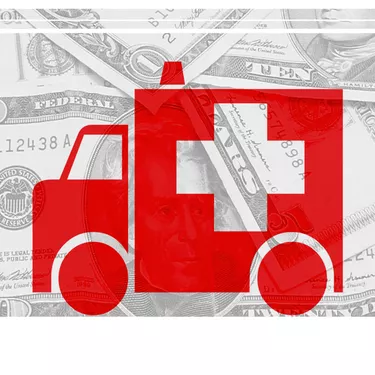
A health organization generates transactions from its operational and strategic activities. The organization receives or pays money to parties it transacts business with. The cash flow statement summarizes these transactions into total receipts and payments as generated by the different activities of your healthcare organization over a specific period. According to Deloitte Global Services, operations, investments and financing are the main organizational activities that generate cash inflows and outflows. Each of these activity segments of the cash flow statement play important roles in the management of your healthcare organization. The generally accepted accounting principles, or GAAP, require that you present your cash flow statement with the rest of your financial reports.
Monitoring Operational Dynamics
Video of the Day
The cash flow statement helps you monitor the cash collections and expenses generated from your healthcare operations. Cash inflows from operations are revenue you generate directly from your patients and from insurance reimbursements. Cash outflows arise from your payments for wages, taxes, rent and utilities. Purchases of items such as medicines, gloves, detergents, disinfectants also generate cash outflows from operations.
Video of the Day
Reviewing Investment Profile
The cash flow statement summarizes the income and expenses you generate from investments and capital assets. Your healthcare organization may acquire long-term assets such as land and buildings, ambulances, or technology such as x-ray equipment. This helps you determine whether or not the long-term investments of your healthcare organization are generating sufficient income compared to your capital inputs.
Ascertaining Financing Needs
Financing concerns the changes that occur in the capital structure of your healthcare organization. Such changes arise when you borrow money, issue shares or buy back shares from investors. They may also result from the repayment of your debts, distribution of dividends and reinvestment of portions of your profits. The cash flow statement enables you to update these changes at the end of the accounting period.
Long-Range Planning
You can use the cash flow statement to forecast the ability of your healthcare organization to generate sufficient cash flows from future activities. For example, when making decisions to acquire a capital asset, you will have to examine whether the asset will generate sufficient cash flows or benefits during its useful life. This facilitates your long-term planning in addition to rationalizing your scope of future investments and financing needs.